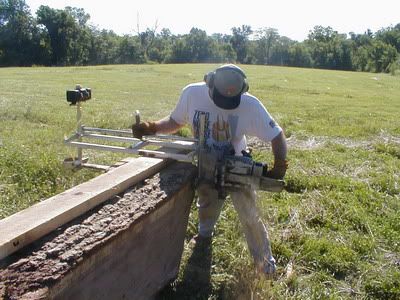ShoerFast
Tree Freak
- Joined
- Nov 14, 2005
- Messages
- 25,843
- Reaction score
- 17,230
I'm building an Alaskan style mill attachment and would like to know how much of a 36" (PN: 3003 000 9653) bar will be usable attached to an MS660 , and an MS460 ?
I dont have the saws now but would like to weld it up.
Just knowing how much a 36" bar would cut , (dogs removed) is all i need to set my length.
I dont have the saws now but would like to weld it up.
Just knowing how much a 36" bar would cut , (dogs removed) is all i need to set my length.








